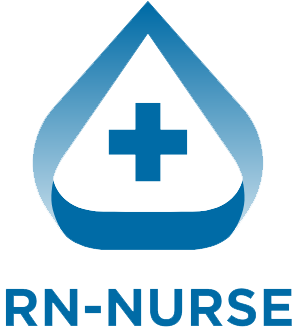Labor can be one of the most intense experiences in a woman’s life. As a nurse or registered nurse (RN nurse), you play a vital role in helping patients understand their pain relief options and supporting them throughout the birthing process. Whether you are preparing for the NCLEX, reviewing your nursing bundle study guides, or providing bedside care, knowing the nursing implications of different labor analgesia methods is essential.
🌿 1. Non-Pharmacologic Pain Relief
Before medications, many patients try natural comfort techniques.
- Breathing exercises, relaxation, massage, hydrotherapy
- Nursing implications: Encourage mobility (if safe), provide emotional support, create a calm environment, and advocate for the patient’s birth plan.
✅ Nurses should remind patients that non-pharmacologic methods can be combined with medical pain relief.
💉 2. Epidural Analgesia
The epidural is the most common form of pharmacologic pain management in labor.
- What it is: A catheter placed in the epidural space delivers local anesthetics + opioids.
- Benefits: Excellent pain relief, patient remains awake and alert.
- Risks: Hypotension, urinary retention, limited mobility, spinal headache.
- Nursing implications:
- Monitor maternal blood pressure closely.
- Assess fetal heart rate.
- Insert Foley catheter if ordered.
- Educate patient about possible numbness and limited mobility.
😷 3. Nitrous Oxide (“Laughing Gas”)
- What it is: Inhaled analgesic (50% nitrous oxide + 50% oxygen).
- Benefits: Quick onset, minimal effect on baby, patient-controlled.
- Risks: Dizziness, nausea, mild sedation.
- Nursing implications:
- Ensure proper mask fit.
- Instruct patient to start inhaling at the onset of contraction.
- Monitor for side effects.
💊 4. IV Opioids (Stadol, Fentanyl, Morphine)
- What it is: Short-acting narcotics for labor pain.
- Benefits: Reduce pain perception, can be given quickly.
- Risks: Respiratory depression in mother or newborn, sedation, nausea.
- Nursing implications:
- Administer only in early active labor (avoid close to delivery).
- Monitor maternal vitals and fetal heart rate.
- Have naloxone (antidote) available.
🧪 5. Pudendal Block & Local Anesthesia
- What it is: Local anesthetic injected into the pudendal nerve for perineal pain (episiotomy, repair).
- Benefits: Quick, localized pain control.
- Risks: Infection, hematoma, incomplete pain relief.
- Nursing implications:
- Provide reassurance.
- Monitor for complications at injection site.
🧾 Quick Nursing Comparison Table
| Pain Relief Option | Benefits | Risks | Nurse’s Role |
|---|---|---|---|
| Non-pharmacologic | Safe, supportive | Limited relief | Encourage & assist |
| Epidural | Strong relief | Hypotension, immobility | Monitor BP, FHR |
| Nitrous Oxide | Fast, self-controlled | Nausea, dizziness | Teach use, monitor |
| IV Opioids | Fast, moderate relief | Sedation, respiratory depression | Monitor, give naloxone if needed |
| Pudendal Block | Local pain relief | Hematoma, infection | Monitor site, support patient |
📌 Key NCLEX Nursing Tips
- Always assess fetal heart rate before and after interventions.
- For epidurals, check blood pressure frequently to prevent maternal hypotension.
- Remember: opioids given too close to delivery → risk of neonatal respiratory depression.
- Support patient choices while ensuring safety.
✅ Final Thoughts
For a nurse or RN nurse, understanding labor pain relief is not just about knowing the medications—it’s about patient advocacy, monitoring, and education. Whether you’re preparing for the NCLEX or building your skills with a nursing bundle, mastering these nursing implications ensures safe, compassionate, and effective care for laboring patients.

